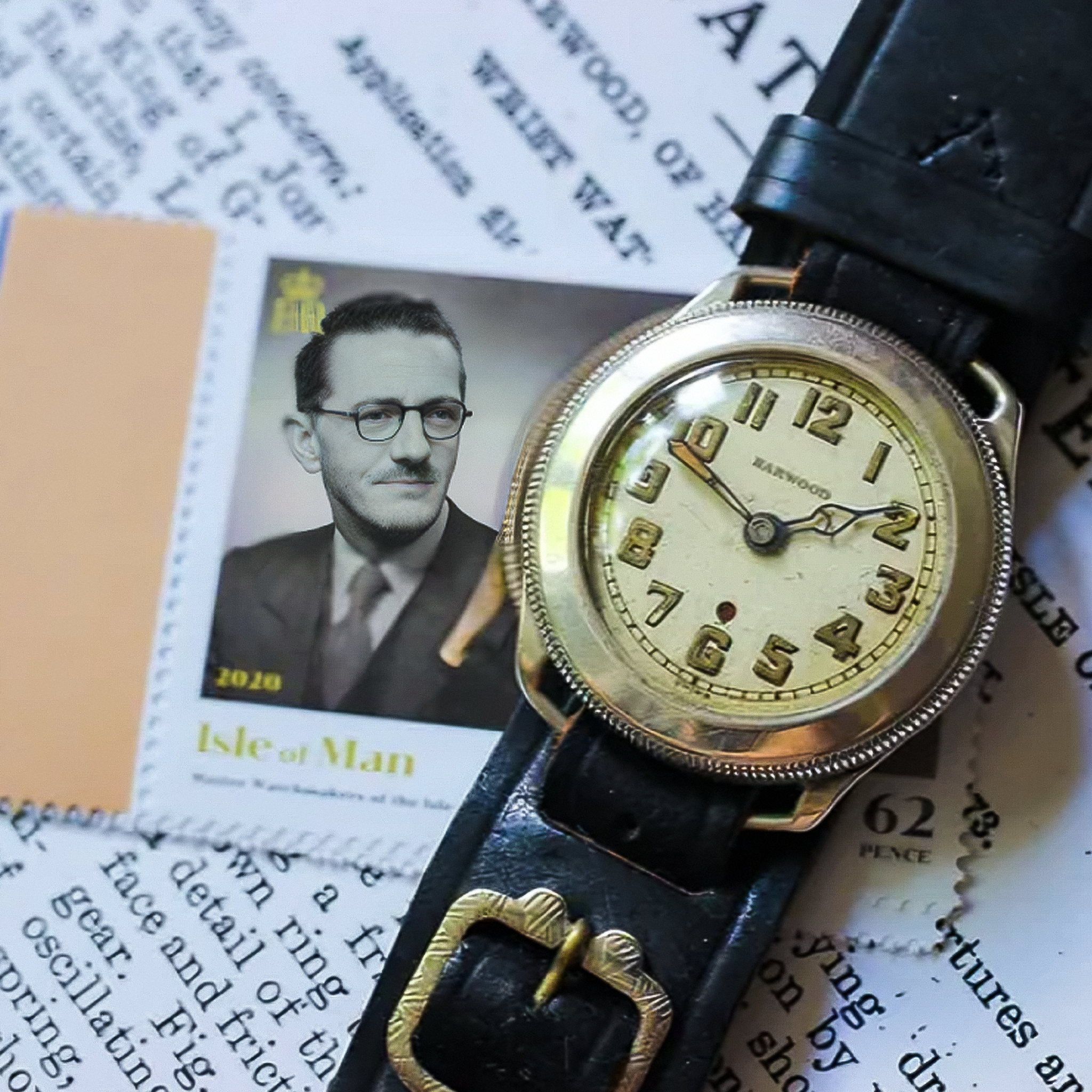The roots of automatic watchmaking trace back to the 18th century, when the first self-winding watch was born. In 1776, a Swiss church elder named Abram-Louis Perrelet, from the watchmaking town of Le Locle, created a mechanism that could wind itself using the motion of the wearer. His early invention used a special barrel spring to store energy, a concept far ahead of its time. But due to the complexity and cost of production, it didn’t gain widespread use immediately. Still, Perrelet's innovation set the foundation for a new era in horology.
Fast forward over a hundred years later, a breakthrough was on the horizon.
In 1922, an English watchmaker named John Harwood, working from the Isle of Man, was determined to solve a common problem faced by watch owners of that time: hand-wound watches were vulnerable to dust and moisture entering through the crown. Harwood believed that if he could eliminate the need to wind the crown manually, he could also reduce the wear and damage to the movement.
One day, inspired by the playful motion of children on a seesaw, Harwood had a bold idea, to harness kinetic energy to power a watch. Instead of winding the watch by hand, the natural motion of the wearer would keep it running. He created his first prototype using parts from an old pocket watch and soon traveled to Switzerland to bring his invention to life.
With the support of the Swiss Confederation in Berne, Harwood was awarded a patent in 1924 for the world’s first self-winding wristwatch. It was a revolutionary concept, a watch powered by movement alone.
But Harwood didn’t stop there.
To prove to customers that his automatic watches truly worked, he designed a new tool: the first-ever watch winder. This device held multiple watches and kept them in motion, just like a wrist would. Originally used in jewelry stores to showcase Harwood’s watches, the watch winder became a trusted way to demonstrate the innovation of self-winding technology.
Decades later, automatic watches became a standard of luxury, craftsmanship, and engineering. And as collections grew, so did the need for a proper way to store and maintain them.
Today, the watch winder isn’t just a tool, it’s part of the experience. It keeps automatic watches wound, ready, and in motion, even while they’re off the wrist. Collectors use them not only to maintain functionality, but to display their watches with pride.
The legacy that began with Perrelet and Harwood now lives on in every modern winder, a blend of innovation, heritage, and appreciation for time itself.






